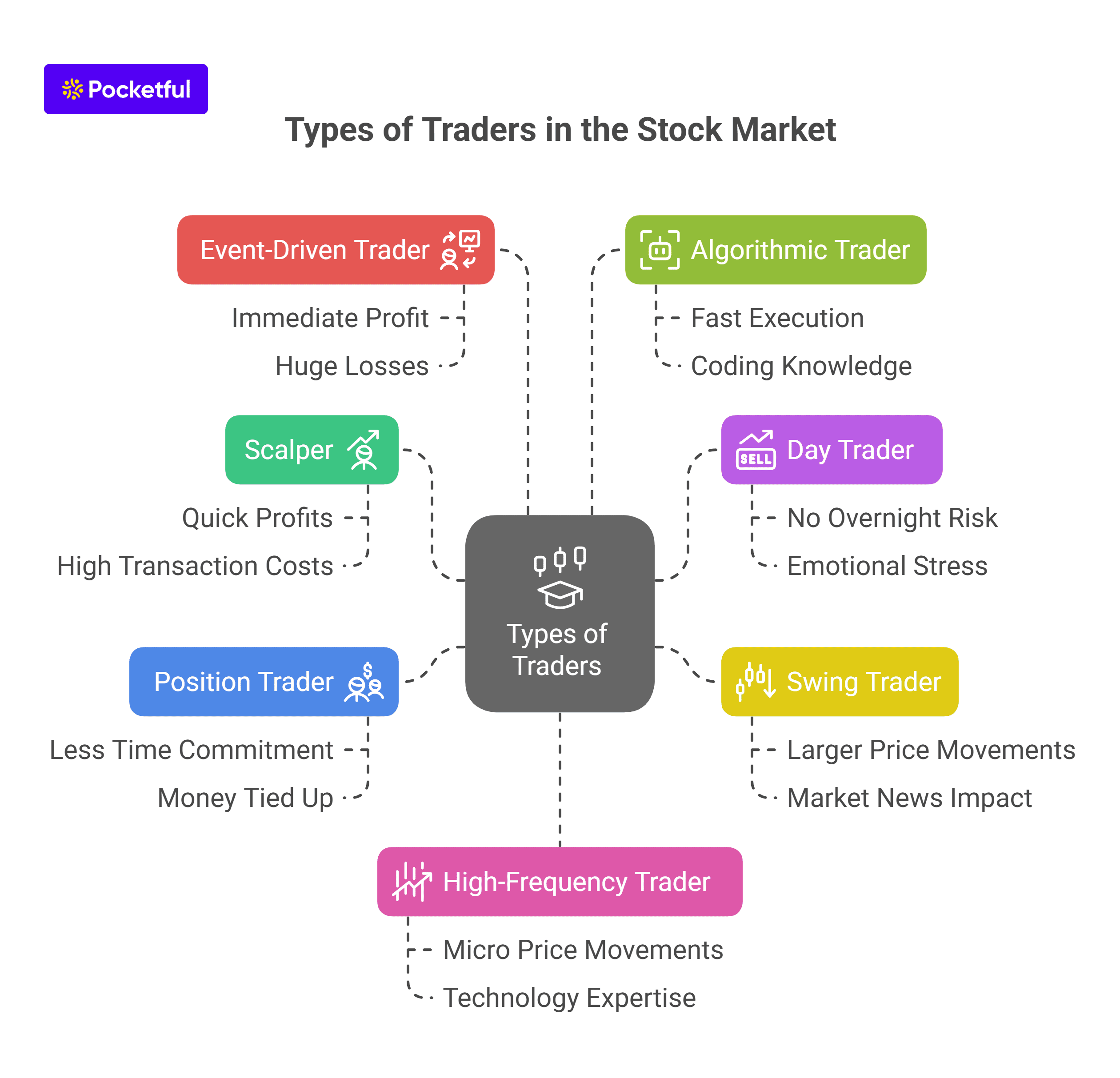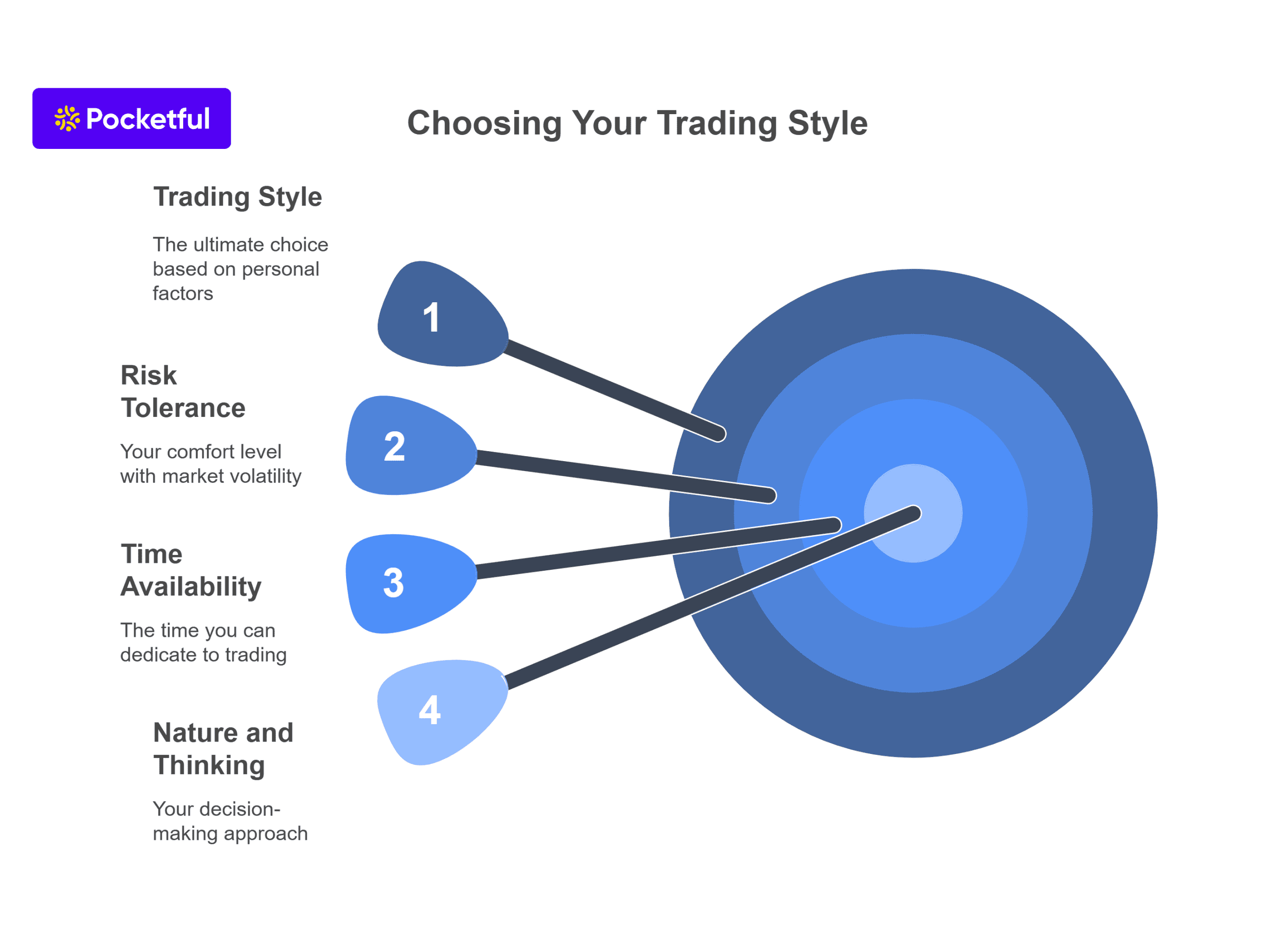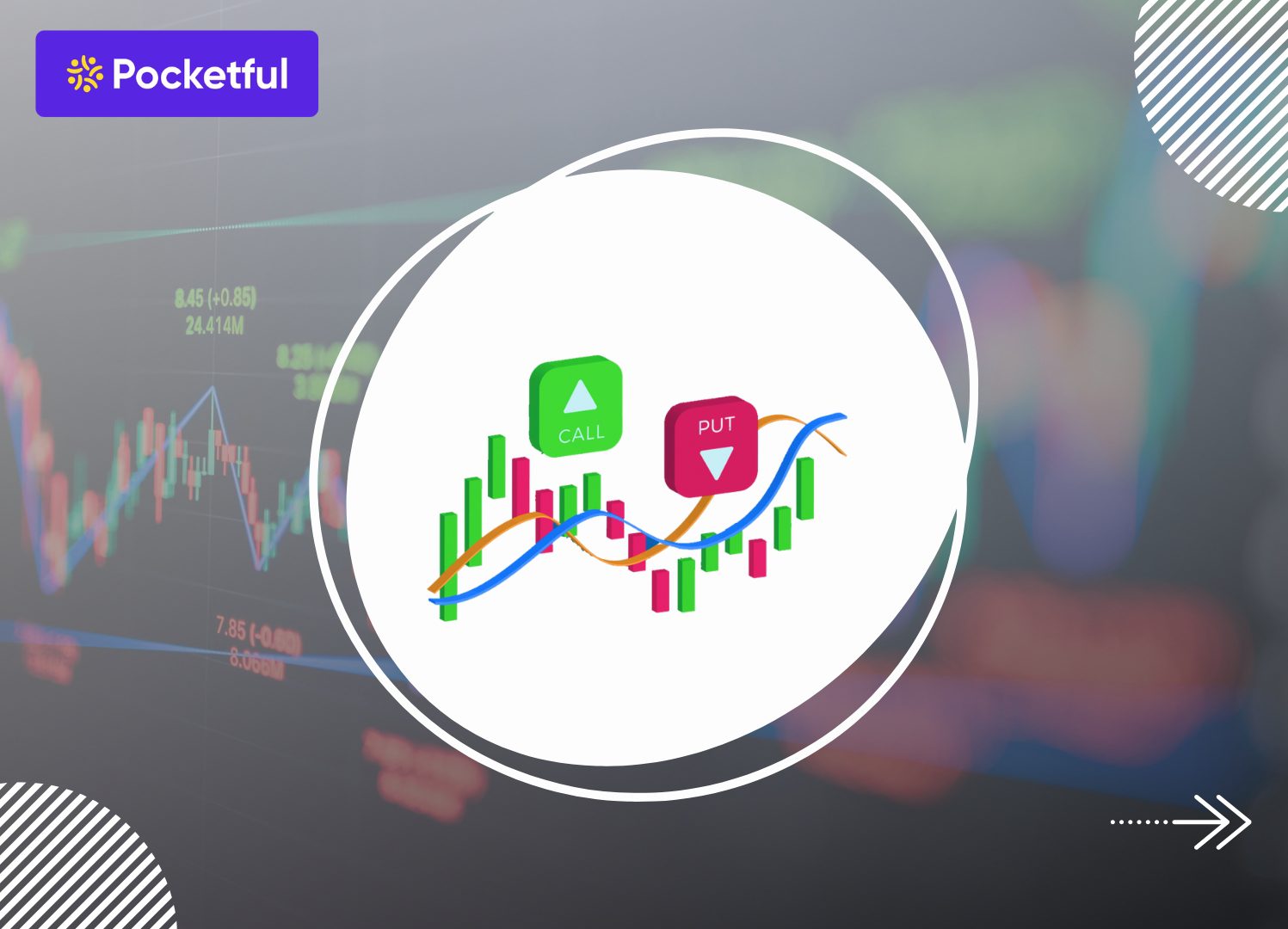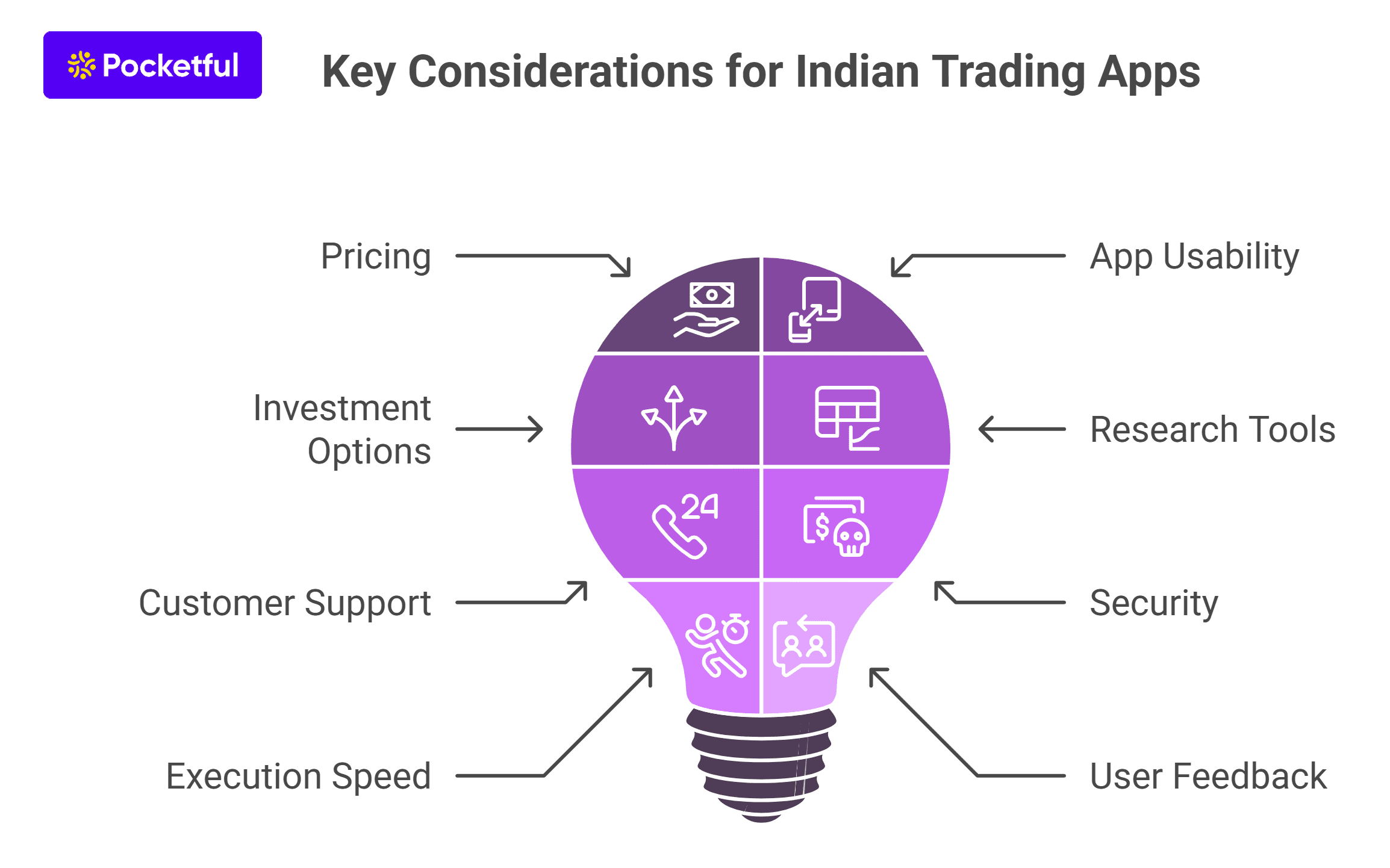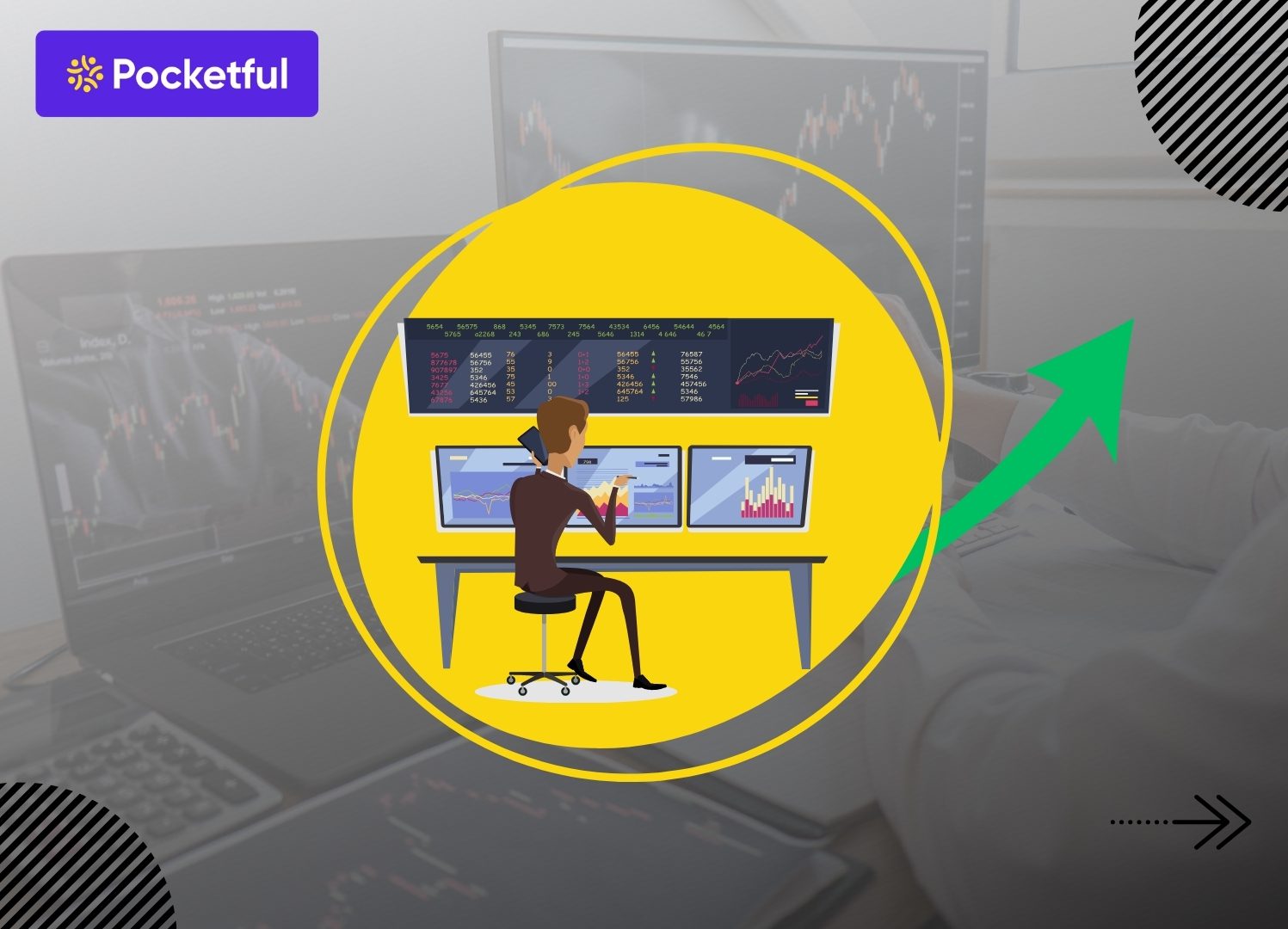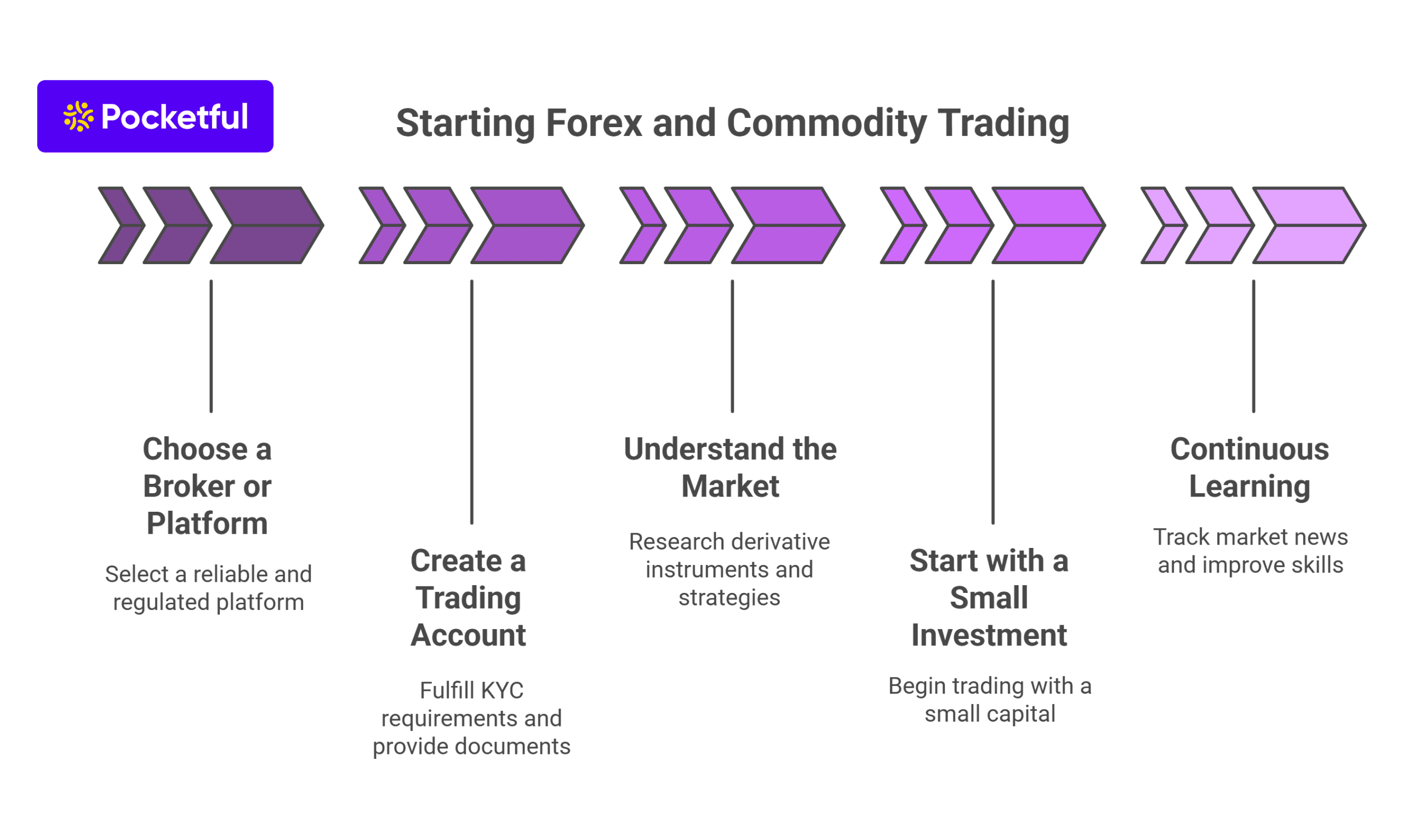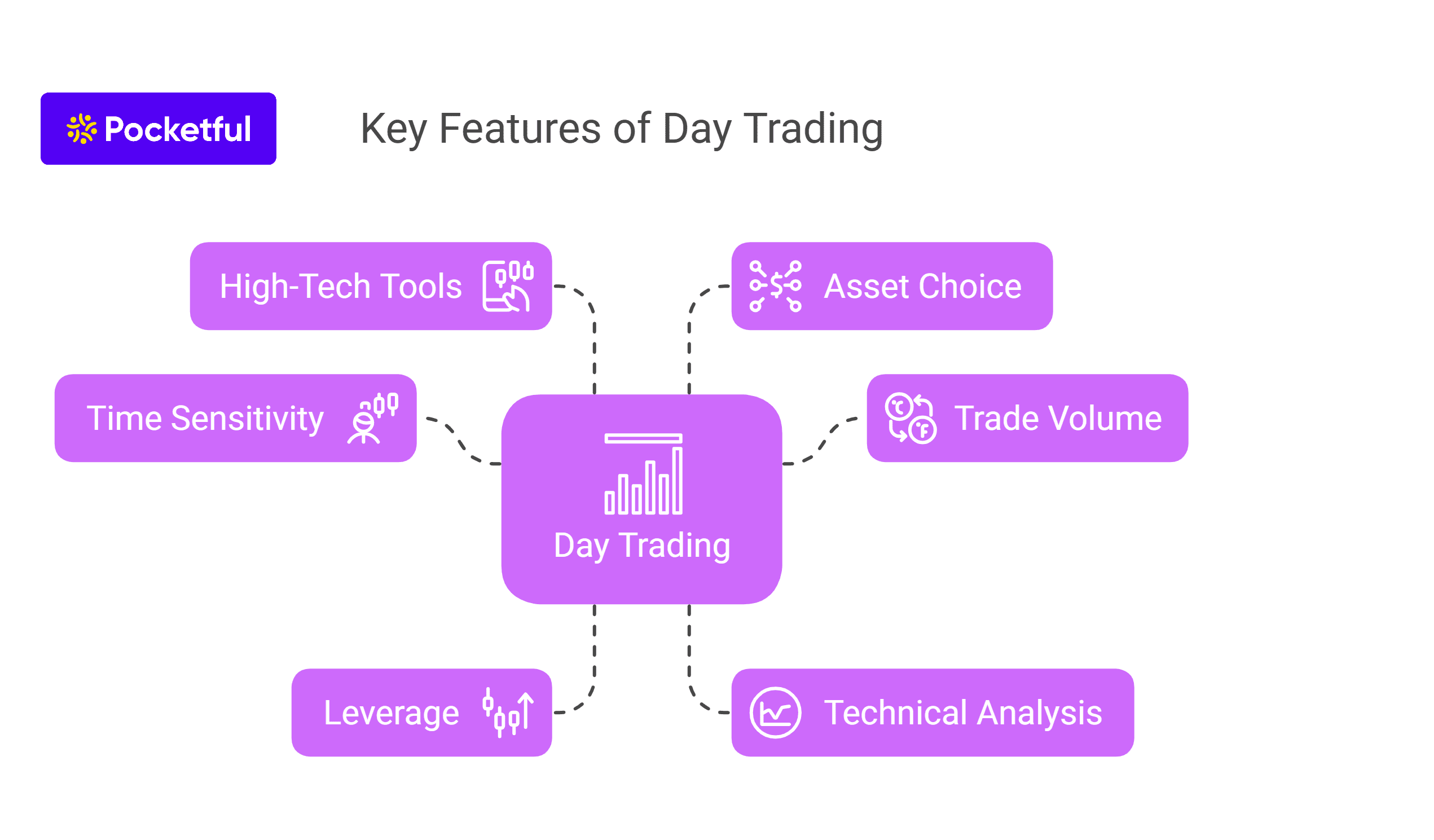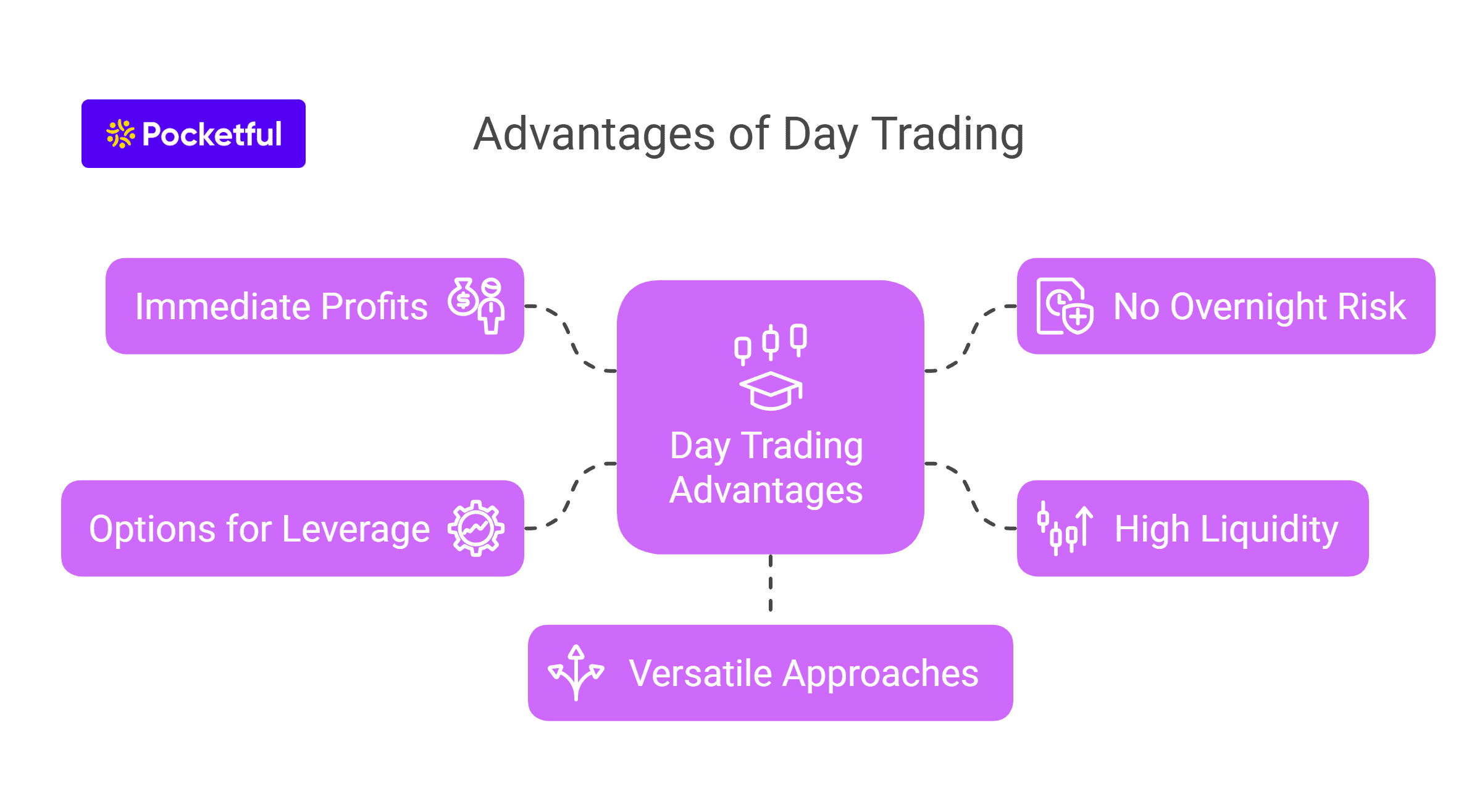With the rise in intraday trading, the volumes of derivative instruments such as futures and options have increased considerably. You also must have heard about futures trading and may also want to start trading it. But if you are not aware of the technical terms associated with futures contracts, then it can cause huge losses.
In this blog, we will explain futures contracts, along with the types of contracts and types of traders.
Meaning of Future Contracts
A futures derivative contract is a financial instrument traded on the stock market whose price is derived from an underlying asset such as commodities, stocks, indices, interest rates, or currencies. In simple terms, it is a standardized contract between two parties to buy or sell a specified quantity of an underlying asset at a predetermined price on a specific date. It is traded on an exchange and thus is often used by traders to speculate on the future price fluctuations.
Read Also: What is Future Trading and How Does It Work?
Features of a Future Contract
The key features of a futures contract are as follows:
- Exchange Traded: Future contracts are traded on stock exchanges. One can only buy or sell a futures contract only through a regulated stock exchange.
- Standard Contract: Futures contracts are standardised in terms of quantity, quality and settlement dates.
- Obligations: In futures contracts, both parties, as buyers and sellers, are required to fulfil their obligations on expiry.
Types of Futures
There are four types of futures contracts available in India, details of which are mentioned below:
1. Commodity Futures
This type of futures contract has different types of commodities as its underlying assets such as agri commodities like cotton, soybeans, etc., energy commodities like crude oil, natural gas, etc. and metals such as gold, silver, etc.
Example of Commodity Futures: Let’s say an investor is bullish on the prices of gold and is expecting them to rise in the next month. Therefore, to earn profit from this price movement, he purchases a gold futures contract price which will increase in value if the value of the physical gold increases
2. Currency Futures
In currency futures, the parties agree to exchange a fixed quantity of two currencies on a futures date. Therefore, these contracts are based on currency exchange rates. These contracts help an individual eliminate the exchange rate risk arising from international trades. The parties involved in these contracts are usually hedgers and don’t close their contracts before the expiration date.
Example: Mr. A is an importer. He imports goods from the US and has to make payments in USD after a few days and the current USDINR rate is 83. He is expecting that the USDINR will rise shortly, which will increase expenses for Mr. A due to depreciation of INR. He decides to buy a futures contract and purchase the USDINR futures contract at 83. At the end of one month, the price of USDINR rises to 84; in this case, he made a profit of 1 INR, and if the market lot of USDINR futures contract is 1000, he made a total profit of INR 1000.
3. Interest Rate Futures
It is a type of future contract which is used by a trader to hedge their position against the risk of a change in interest rate. These contracts are generally used by bond market traders. The underlying assets of these futures contracts are bonds, treasury bills, government bonds, money market securities, etc. The prices of interest rate futures contracts move inversely to the direction of interest rates.
Example of Interest Rate Future Contract: Mr. A has entered into a long futures contract of a bond for 102 INR per contract, having a lot size of 2000. He is expecting that the interest rates will fall shortly, and with this fall, the price of the contract rises to 104 per contract. This allows him to earn a profit of 2 INR per contract, and therefore the total profit is 4000 INR.
4. Equity Futures:
The underlying asset of an equity futures contract can be a stock or an index. Investors try to determine the future rise and fall in price of the underlying asset. Based on this, they take a long or short position in the futures contract of the same underlying. These contracts are also traded by market participants who have a significant stake in the underlying asset, and wish to protect downside risks.
Example: Mr A expects that the price of Reliance Industries will rise shortly, and based on this assumption, he decided to buy a futures contract of Reliance Industries. At the time of entering the contract, the price of Reliance was around ₹1700 per share, and on the date of expiry, the price rose to ₹1750 per share. Therefore, he made a profit of ₹50 per share and its lot size is 500; hence the total profit is 500 * 50 = ₹25,000.
Read Also: Synthetic Futures – Definition, Risk, Advantages, Example
Types of Futures Traders
The two types of futures traders are:
1. Hedgers
A hedger is a trader who uses derivatives instruments to reduce or eliminate the risk of unfavourable price movement in an existing portfolio of assets. It is like buying portfolio insurance to reduce the financial risks.
Example: Suppose you hold 500 shares of Reliance Industries Limited, and you are concerned about the decline in Reliance Industries’ share price. To protect your portfolio from such risk, you can sell the futures contract of Reliance and hedge your position. In this case, if the spot price of Reliance Industries falls, your futures contract will gain and offset the losses incurred in the equity portfolio.
2. Speculators:
Generally, short-term traders fall under this category as they often predict the prices of the underlying securities, based on which they take long and short positions in futures contracts. Unlike hedgers, they do not have direct exposure to the underlying asset and their primary objective is to profit from short-term price fluctuations.
Example: A trader may not have shares of Reliance Industries shares but believes that the price will rise shortly. Based on this assumption, he buys a futures contract and realizes a profit as the share price rises.
Read Also: Difference Between Forward and Future Contracts Explained
What Should You Do: Hedging or Speculating?
Whether to hedge or speculate using a futures contract depends on the investor’s preference and objective. If you own an asset or are planning to invest in an asset, then your primary objective should be to protect your portfolio against unexpected price movement, i.e. you should hedge.
On the other hand, if you want to take advantage of frequent price movement of the underlying asset, then you can speculate using a future contract. However, trading in futures contracts can be risky and result in considerable losses; therefore it is suggested only for those willing to take high risks.
Read Also: Silver Futures Trading – Meaning, Benefits and Risks
Conclusion
On a concluding note, one can earn profit by trading in futures through speculation, but it carries high risk. Futures can also be used to minimise or eliminate the risk of adverse price movements through hedging. As it is a leveraged product, it needs to be used only after considering your risk profile. It is always advisable to consult a financial advisor before making any decision.
| S.NO. | Check Out These Interesting Posts You Might Enjoy! |
|---|---|
| 1 | What is Algo Trading? |
| 2 | What is Spread Trading? |
| 3 | What is Quantitative Trading? |
| 4 | Arbitrage Trading in India – How Does it Work and Strategies |
| 5 | What is Options Trading? |
Frequently Asked Questions (FAQs)
In which asset classes can we trade in futures contracts?
We can execute futures trades in commodities, currency, equity and interest rate as an asset class.
Who are the market participants of Future Market?
The futures market generally involves two types of traders: hedgers and speculators.
Do I need to hold the futures contract till expiry?
No, you are not required to hold futures contact till expiry as you can exit your position any time before expiry.
Why is futures trading risky?
Future trading is a leveraged instrument, i.e. it generally requires a small margin to start trading, which makes futures trading very risky.
How are futures contracts settled in India?
In India, futures contracts are settled either in cash or physical settlement.



